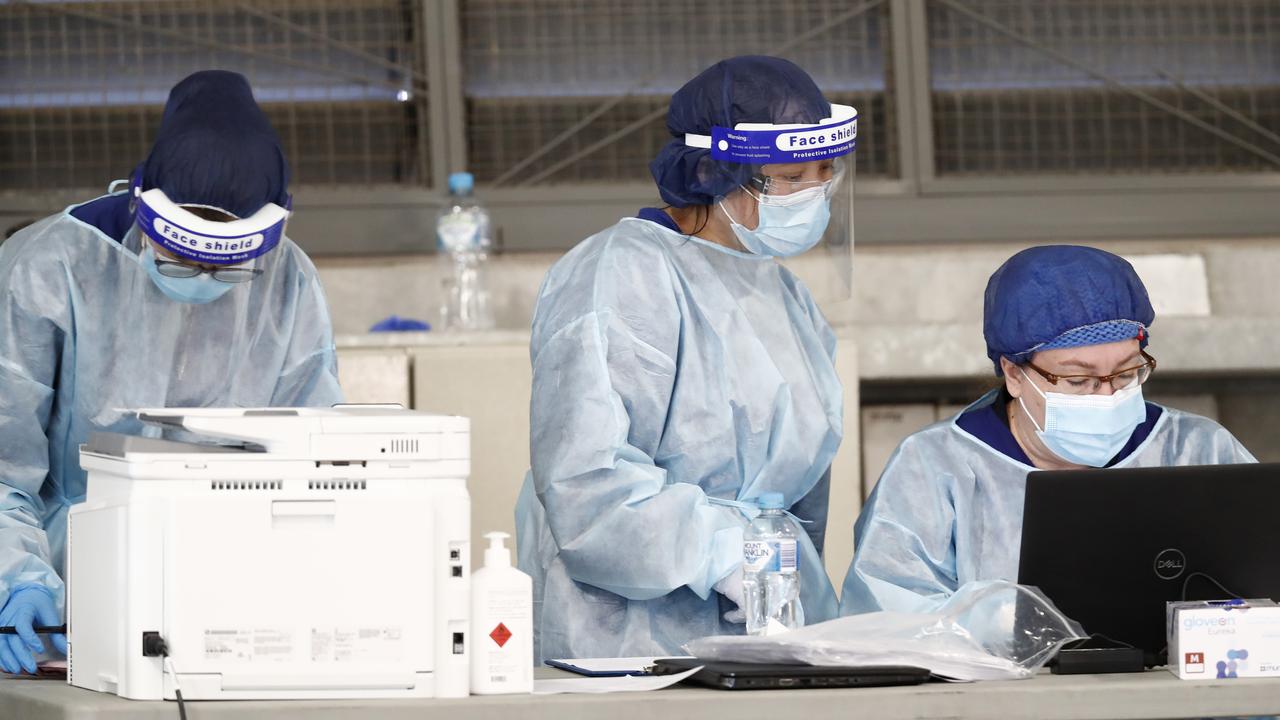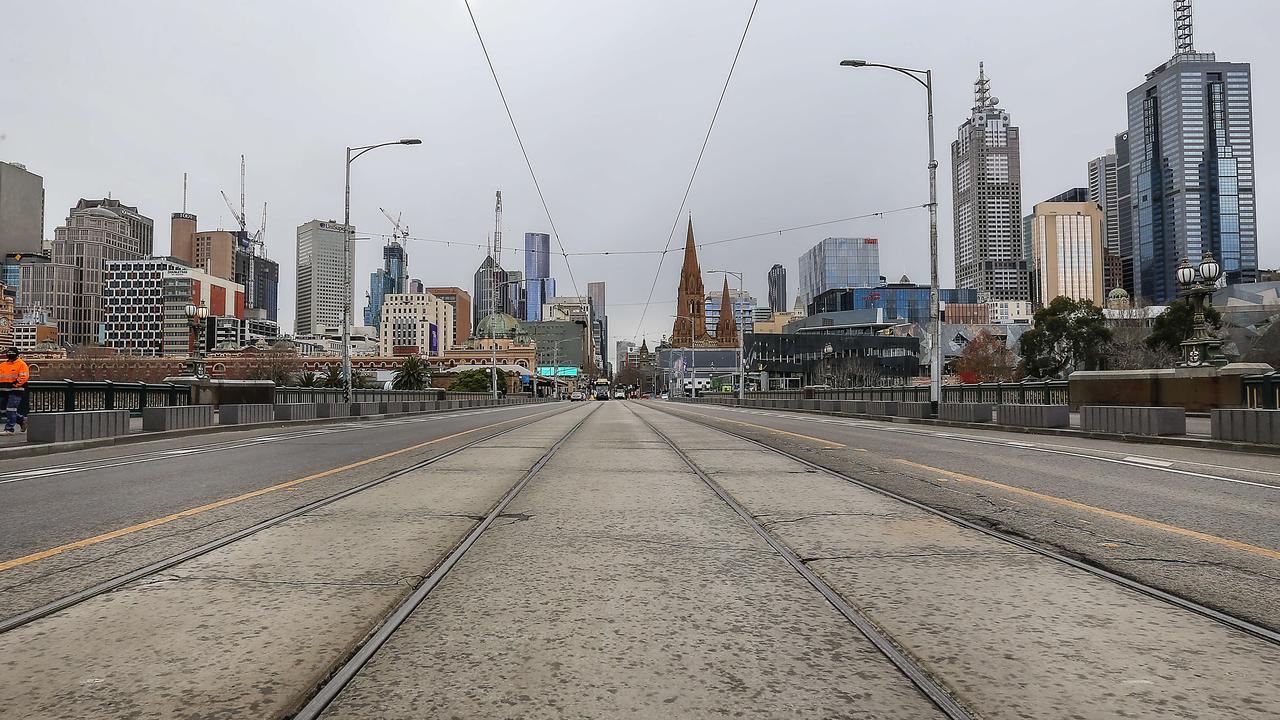Greg Barton: How IS changed the face of global terror forever
TERRORISM used to be a simpler business as groups structured themselves in tight, covert, paramilitary networks operating under the delusion that they were “freedom fighters”, writes Greg Barton.

TERRORISM used to be a more simple business. Terrorist groups structured themselves in tight, covert, paramilitary networks operating under the delusion that they were “freedom fighters” — warriors struggling for revolutionary change, where the “ends justified the means”.
FRIENDS SAY TERRORIST TURNED OVER NEW LEAF
SOUTH AUSTRALIAN WOMAN KILLED IN LONDON BRIDGE TERROR ATTACK
The soldiers were expected to be obedient and disciplined. The “means” involved outrageous violence. But that was deliberate, the intention was to provoke outrage to precipitate angry reactions that multiplied the original violence — the 9/11 attacks were intended to result in America and its allies to launch military action in Afghanistan and be caught in a quagmire that fatigued and humiliated them.
The arrival of the Islamic State changed everything. Al-Qaeda, like virtually every terrorist group before it, wanted committed, disciplined, individuals that it could rely upon. It checked and filtered aspirants and required their participation in lengthy courses of indoctrination and training.
IS is different. It works across a much broader spectrum of operations and recruits. It can launch sophisticated operations like the Manchester bombing in which a carefully tutored bomber becomes a remotely-controlled cruise missile.

But it can also inspire passionate, if ill-disciplined acts of violent devotion from total strangers, such as the recent attacks around Westminster and London Bridge, or indeed, the ambushing of police officers in Melbourne in September 2014 or the hostage siege at the Lindt Cafe in Sydney in December 2014.
It is has mastered the use of foreign fighters, both on the battle fields of the Middle East and returning home to launch elaborately planned attacks.
IS has also perfected the use of digital media not only to recruit but also to inspire. More than any group before it has found effective ways to crowdsource would-be martyrs to kill and be killed in its name. It reliably delivers on its social contract to commemorate the actions of those who act in its name and declare them absolved of their sins.
For three years now it has repeatedly called for its would-be soldiers to “attack where they are, with what they have” and has elucidated myriad attacks around the world. In terror attacks both “directed” and “inspired” it has made extensive use of dangerous, unstable, individuals.
It has actively courted the involvement of people that other groups would have rejected. In Sydney, in Orlando, in Nice and in London it has made effective use of “damaged-goods” turning violent narcissists into weapons.

Over the past month, via its Rumiyah magazine, it has specifically called for hostage-siege events — like at the Lindt Cafe, but set up by luring the victims to fatal meetings.
This may have been what Yacqub Khayre was attempting do in Brighton on Monday or it might simply have been that he was attempting “suicide by police”.
In any case, this long-radicalised, broken, individual appears to have been, at least in part, inspired by the IS promise of going from zero to hero in one final act of suicidal violence.
In death, as in life, Khayre was ill-disciplined and ineffective, a pathetic end to a sad, lost, life.
Consider the challenge for police to determine which of the many hundreds of individuals of concern represents an immediate risk. With the bar set so low for a would-be lone-wolf terrorist dreaming of finding redemption, acceptance and praise it is virtually impossible to reliably predict a rash lunge to a violent death.
The only real hope for recognising the warning signs lies with those closest to the would-be martyr.
But there are no guarantees or simple solutions.
Working together does not eliminate all possibility of danger but here, and in the UK, it has prevented many tragedies, and it has made us stronger and better.
It is not always enough but it is what we have to do if we are to do our best and become better in the process.
Greg Barton is Research Professor in Global Islamic Politics at Alfred Deakin Institute


